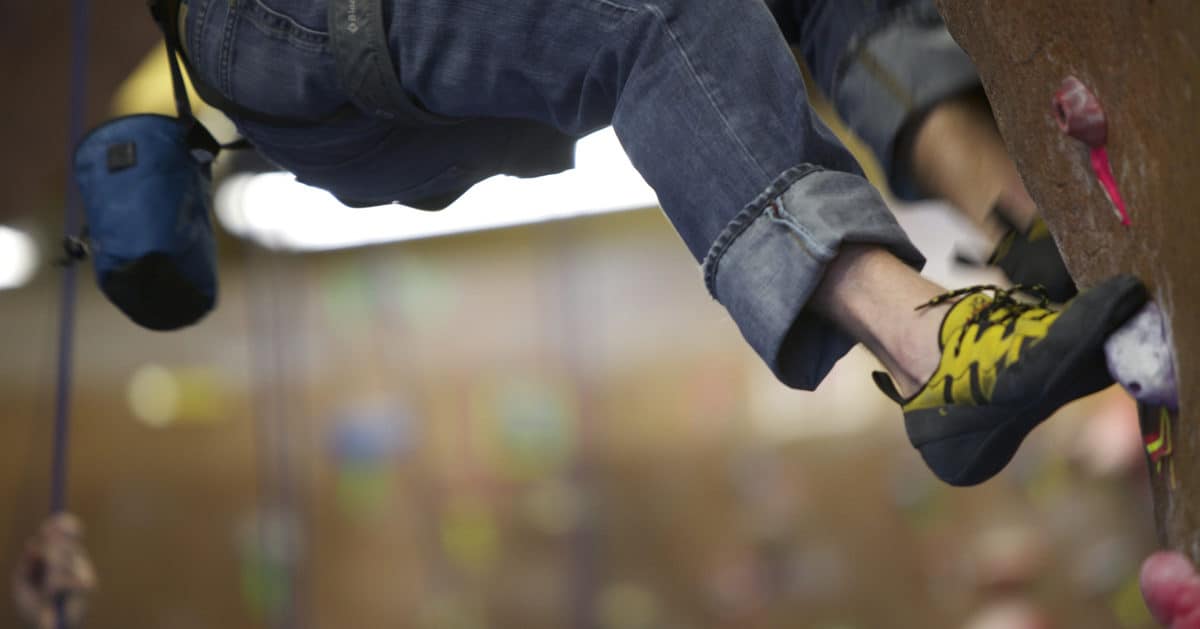Just because the summer is behind us doesn’t mean that hiking should be postponed until next year ― but if you plan to set foot in the wilderness this fall, it’s wise to prepare for precipitation.
First things first: update your wardrobe. Your torso and legs should be covered with a material that will keep you dry and warm, as well as stave off hypothermia if the temperature really drops. In other words, forego shirts, pants, and other garments made from cotton, wool, silk, or synethic fabrics like fleece. Instead, try this three-layer clothing formula:
Wicking
Your first (or base) layer should consist of a thin, long-sleeved shirt, long leg coverings, and socks. For the first two, many prefer polypropylene because it removes (or ‘wicks’) moisture from perspiration and leaves your body dry; polyester has also been known to work. For socks, polyester or nylon effectively wick the moisture away ― but for added protection against blisters, a secondary layer of wool socks is also recommended.
Insulation
Your middle layer should, in theory, keep your body warm regardless of how low the temperature is outside. Whether you are inclined to wear a vest or full jacket, micro-fleece effectively traps body heat and helps you remain toasty without feeling overcooked. If it’s especially nippy, a pair of fleece mittens or gloves will keep your digits warm. A sturdy, dependable hat is also essential ― but if it’s raining, you may want to forego the cotton baseball cap and wear a beanie instead.
Windproofing
Your outermost layer should consist of two items: nylon pants (tear-away tend to be the most convenient) and a shell for your jacket. Both of these garments should be made from a waterproof material. If you have a bulky pack, it might be wise to wear a larger upper-body garment, such as a poncho, to keep your stuff from getting wet.
As far as footwear goes, Appalachian Mountain Club suggests purchasing a pair of sturdy, waterproof boots with fabric uppers. For added moisture protection, you can fill the seams with shoe grease; sprays are also available. And it might be wise to wear gaiters, as well. They’re fairly effective at keeping rain, mud, and dirt from entering your boots.
Finally, it should also be noted that it’s important to hike at a steady, slower-than-usual when the rain starts to fall on warm days. The moisture will actually make your body colder if you’re moving too quickly. So stay warm, and stay safe!
Any personal tips?
//Originally posted on The Clymb

